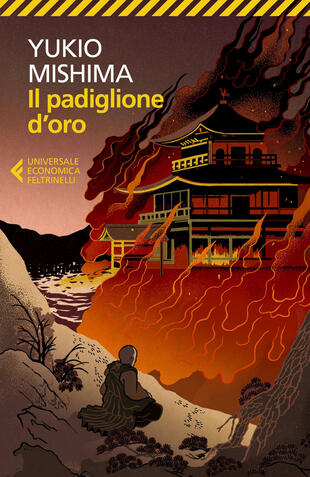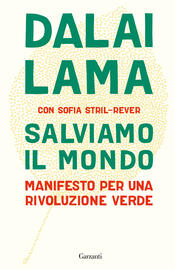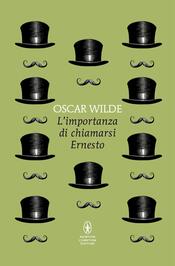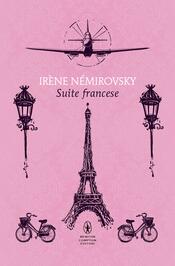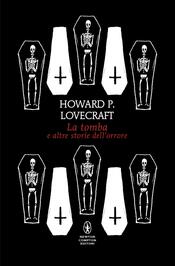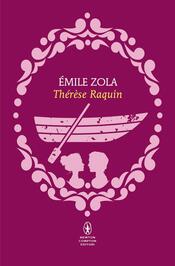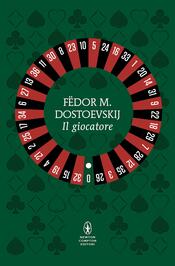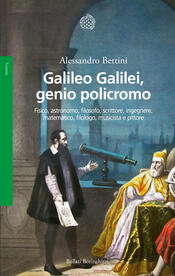Sinossi
Nel 1950 avvenne il fatto che ispirò a Mishima questo "Padiglione d'oro", che è del 1958: un giovane accolito buddista, deforme e balbuziente, dà fuoco a uno dei maggiori monumenti dell'arte giapponese, il padiglione di un celebre santuario di Kyoto, il Kinkakuji, il quattrocentesco tempio zen. La storia di questo clamoroso gesto è raccontata da Mishima con aderenza alla cronaca, ma in modo da assegnare un senso simbolico ossia problematico all'azione del piromane. La chiave dell'ossessione di Mizoguchi, Mishima la ricerca in quell'attesa quasi magica della grande distruzione che rappresenta il tema profondo di tutta la prima parte del libro fino al giorno della sconfitta bellica del Giappone. La calata agli inferi si svolge sul tema di straordinarie, attonite rievocazioni di memorie dell'infanzia. Il tema della bellezza suprema del padiglione affonda le sue radici in un'ossessione infantile esorcizzata dallo storpio Mizoguchi con un atto che trova giustificazione anche nella dottrina buddista della morte al mondo e della cancellazione del bello in quanto pura apparenza.
- ISBN:
- Casa Editrice:
- Pagine: 250
- Data di uscita: 28-01-2015
Recensioni
A classic by one of Japan’s most famous authors. It’s largely based on a real-life story. As we are told in the introduction, in 1950 a Buddhist temple, a national architectural treasure built in 1398, was burned to the ground by a young Buddhist acolyte. The young man intended to commit ritual suic Leggi tutto
Am o mare problemă cu literatura japoneză. Am mai scris despre asta. Am citit și recitit Templul de aur de Yukio Mishima de cîteva ori. Fără folos. N-am sesizat intenția autorului. Dincolo de subiectul propriu-zis nu am putut trece. Romanul m-a derutat complet, nu i-am priceput deloc sensul. Am înce Leggi tutto
"I walked back and forth in front of the Nishijin police station. It was evening and several of the windows were brightly lit. I noticed a police-detective hurrying into the building. He was wearing an open-neck shirt and was carrying a briefcase. No one paid any attention too me. No one had paid an Leggi tutto
This story by Mishima is a beautiful tale about obsession and how it destroys the bearer. It is a fable loosely based on the true story of the burning of the Kinka-kuji temple in Kyoto (I visited it once - it is absolutely sublime!) A must read for entering into the awesome universe of Mishima's wri Leggi tutto
4.5 stars Unsavory characters, unreliable narrators, philosophical ruminations, striking landscapes, and accomplished writing: Do any of these elements attract your attention? If so, then it might be time for you to give Yukio Mishima, and this book in particular, a try. Have you ever been so obsesse Leggi tutto
4 and a half stars, rounded up. In 1950, a young monk set the beautiful Kinkaku-Ji, or Golden Pavilion, on fire. This acolyte was arrested but ultimately released, as he was declared mentally ill. This act of arson shocked Japan deeply, as the building was a protected national monument, and special i Leggi tutto
On 1 July 1950, during the Allied Occupation of Japan, a Buddhist monk by the name of Yoken Hayashi set fire to the Kinkaku-ji, or, as it is known in English ‘The Temple of the Golden Pavilion’. Yoken was a man of little consequence; a character in history, who, had he not committed such an acrimoni Leggi tutto
It only took me a couple of pages to start feeling completely mesmerised by the protagonist’s voice. The first person point of view when properly done (like within this example) is always one of the best devices an author can use to pull me straight into a story. A couple of pages later and I starte Leggi tutto
Citazioni
Al momento non ci sono citazioni, inserisci tu la prima!
